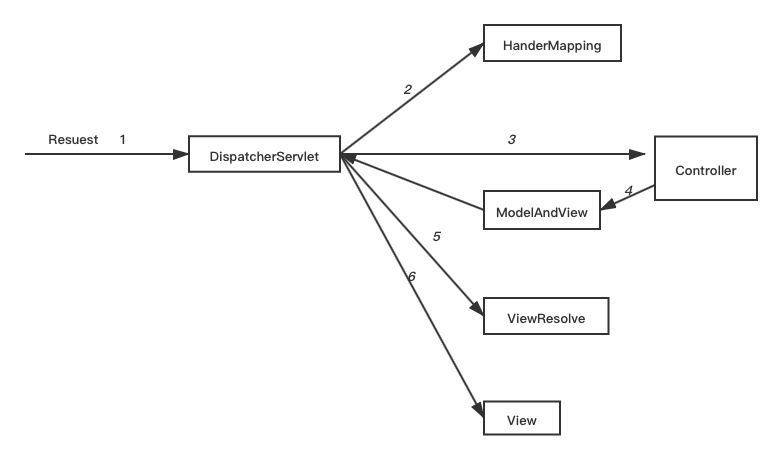可以将文章内容翻译成中文,广告屏蔽插件可能会导致该功能失效(如失效,请关闭广告屏蔽插件后再试):
问题:
I need to add delay between the execution of two lines in a(same) function. Is there is any favorable options to do this?
Note: I don't need two different functions to do this, and the delay must not affect other functions' execution.
eg:
line 1: [executing first operation];
line 2: Delay /* I need to introduce delay here */
line 3: [executing second operation];
Any help is appreciable. Thanks in advance...
回答1:
You can use gcd to do this without having to create another method
double delayInSeconds = 2.0;
dispatch_time_t popTime = dispatch_time(DISPATCH_TIME_NOW, (int64_t)(delayInSeconds * NSEC_PER_SEC));
dispatch_after(popTime, dispatch_get_main_queue(), ^(void){
NSLog(@"Do some work");
});
You should still ask yourself "do I really need to add a delay" as it can often complicate code and cause race conditions
回答2:
You can use the NSThread method:
[NSThread sleepForTimeInterval: delay];
However, if you do this on the main thread you'll block the app, so only do this on a background thread.
or in Swift
NSThread.sleepForTimeInterval(delay)
in Swift 3
Thread.sleep(forTimeInterval: delay)
回答3:
This line calls the selector secondMethod after 3 seconds:
[self performSelector:@selector(secondMethod) withObject:nil afterDelay:3.0 ];
Use it on your second operation with your desired delay. If you have a lot of code, place it in its own method and call that method with performSelector:. It wont block the UI like sleep
Edit: If you do not want a second method you could add a category to be able to use blocks with performSelector:
@implementation NSObject (PerformBlockAfterDelay)
- (void)performBlock:(void (^)(void))block
afterDelay:(NSTimeInterval)delay
{
block = [block copy];
[self performSelector:@selector(fireBlockAfterDelay:)
withObject:block
afterDelay:delay];
}
- (void)fireBlockAfterDelay:(void (^)(void))block
{
block();
}
@end
Or perhaps even cleaner:
void RunBlockAfterDelay(NSTimeInterval delay, void (^block)(void))
{
dispatch_after(dispatch_time(DISPATCH_TIME_NOW, NSEC_PER_SEC*delay),
dispatch_get_current_queue(), block);
}
回答4:
I have a couple of turn-based games where I need the AI to pause before taking its turn (and between steps in its turn). I'm sure there are other, more useful, situations where a delay is the best solution. In Swift:
let delay = 2.0 * Double(NSEC_PER_SEC)
let time = dispatch_time(DISPATCH_TIME_NOW, Int64(delay))
dispatch_after(time, dispatch_get_main_queue()) { self.playerTapped(aiPlayView) }
I just came back here to see if the Objective-C calls were different.(I need to add this to that one, too.)
回答5:
If you're targeting iOS 4.0+, you can do the following:
[executing first operation];
double delayInSeconds = 2.0;
dispatch_time_t popTime = dispatch_time(DISPATCH_TIME_NOW, (int64_t)(delayInSeconds * NSEC_PER_SEC));
dispatch_after(popTime, dispatch_get_main_queue(), ^(void){
[executing second operation];
});
回答6:
Like @Sunkas wrote, performSelector:withObject:afterDelay: is the pendant to the dispatch_after just that it is shorter and you have the normal objective-c syntax. If you need to pass arguments to the block you want to delay, you can just pass them through the parameter withObject and you will receive it in the selector you call:
[self performSelector:@selector(testStringMethod:)
withObject:@"Test Test"
afterDelay:0.5];
- (void)testStringMethod:(NSString *)string{
NSLog(@"string >>> %@", string);
}
If you still want to choose yourself if you execute it on the main thread or on the current thread, there are specific methods which allow you to specify this. Apples Documentation tells this:
If you want the message to be dequeued when the run loop is in a mode
other than the default mode, use the
performSelector:withObject:afterDelay:inModes: method instead. If you
are not sure whether the current thread is the main thread, you can
use the performSelectorOnMainThread:withObject:waitUntilDone: or
performSelectorOnMainThread:withObject:waitUntilDone:modes: method to
guarantee that your selector executes on the main thread. To cancel a
queued message, use the cancelPreviousPerformRequestsWithTarget: or
cancelPreviousPerformRequestsWithTarget:selector:object: method.





